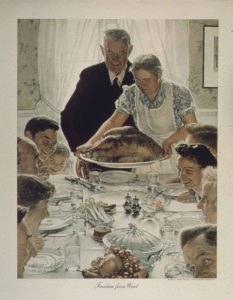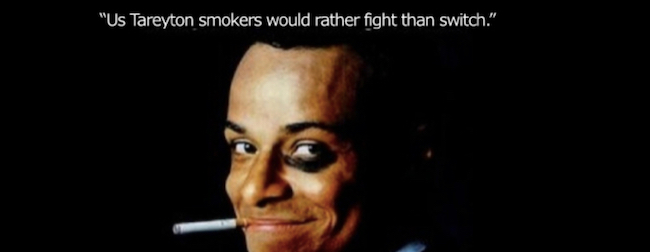




By: John Lavey | Hammock President/COO
Practicing kindness and channeling empathy for your fellow man is always a good idea. It’s also a best practice for effective marketing—a truth that is never more evident than when tragedy strikes. In the early morning hours of Tuesday, March 3, four tornadoes roared through Middle Tennessee, causing extensive damage in Nashville, Mount Juliet, Cookeville, and other surrounding communities. Many of our neighbors and friends lost homes or businesses. Worst of all, there were 24 lives lost in an instant (and that number may rise as search efforts continue).

By: John Lavey | Hammock President/COO
Having customers tell your company’s story is one of the most compelling forms of content marketing. Research shows that case studies are the most effective form of content when trying to reach prospects later along the customer journey, at the stage of evaluation and purchase.
Though case studies are clearly valuable, our clients often tell us about their struggle to find customers willing to participate. Why?

By: John Lavey | Hammock President/COO
I had an experience this week that showed me that the first priority of any healthcare marketing aimed at patients must be a better customer experience. To use the phrase learned in medical school training: primum non nocere (First, do no harm).

By: John Lavey | Hammock President/COO
Creating content that solves problems instead of hyping solutions is the most effective kind of marketing we know. When it comes to solving problems for persons with disabilities, that also encompasses the creation of accessible content.

By: John Lavey | Hammock President/COO
Google reports that 7% of its searches are health-related. This adds up to 70,000 searches a minute. That’s a lot of time consumers are spending looking for help before taking action.
We know providers and payers also have a voracious appetite for helpful content. Those companies typically have nine people involved in a purchasing decision of any healthcare IT solution, and they report spending much of a yearlong sales cycle doing research before ever entertaining a sales professional (2018 HIMSS and Content Marketing Institute survey).

By Chris Edwards
We’ve all heard about the importance of nonverbal communication, with some experts claiming that as much as 93% of communication is nonverbal in nature.
This idea of merging nonverbal communication with an excellent experience became real for me more than 20 years ago when I was selling shoes at Nordstrom to pay for college. The job required sharp attention to detail: thinking through how to approach a customer, thoughtfully suggesting shoes for them, and following through on their needs and wants. The experience went well beyond talking about a shoe—every interaction with the customer sent a message, positive or negative, to them.

By Rex Hammock, CEO
 We all know the Norman Rockwell painting above. It’s Thanksgiving Day dinner, and the family’s matriarch is presenting a bountiful feast to several generations of her family. The image has become a powerful graphic embodiment of the gratitude the American holiday symbolizes.
We all know the Norman Rockwell painting above. It’s Thanksgiving Day dinner, and the family’s matriarch is presenting a bountiful feast to several generations of her family. The image has become a powerful graphic embodiment of the gratitude the American holiday symbolizes.
While the artistic merits of the painting have been debated since it was created in 1943, it’s impossible to challenge the impact and power of the illustration and the three other paintings in a series known as “The Four Freedoms.”

By: John Lavey | Hammock President/COO
We regularly talk about the high value of case studies or testimonials when marketing to healthcare providers or payers. I am one of those people who can learn a lot from a case study if it’s relevant to me.
But assuming that everyone in your audience can see themselves in another similar company doesn’t take into account all learning styles.

By: John Lavey | Hammock President/COO
Countless healthcare events are held every year, from high-level thought leadership seminars to more intimate symposiums. But when it comes to organizing these conferences, marketers often have the same complaint: The amazing content created for the event—typically one of the organization’s largest investments—usually doesn’t outlive the conference itself.

“Us Tareyton smokers would rather fight than switch” was a classic advertising slogan of the Don Draper era. Featuring a smiling model with a black eye, the grammatically incorrect Tareyton print ads ran from 1963 until the early 1980s. (Cigarette advertising on TV ended in 1971.) On its surface, the slogan was a clever way to encourage loyalty to the Tareyton brand. Yet beneath the surface, it was an insidious and not-so-subtle rallying cry for smokers to ignore the evidence linking smoking to cancer that started mounting in earnest with the 1964 Surgeon General’s report.
In the 55 years since the report was issued, the percentage of Americans who smoke has fallen from 42% in 1964 to 14% today. But nearly 34 million Americans still smoke, apparently willing to fight to the death than switch.